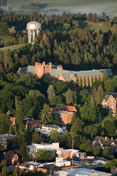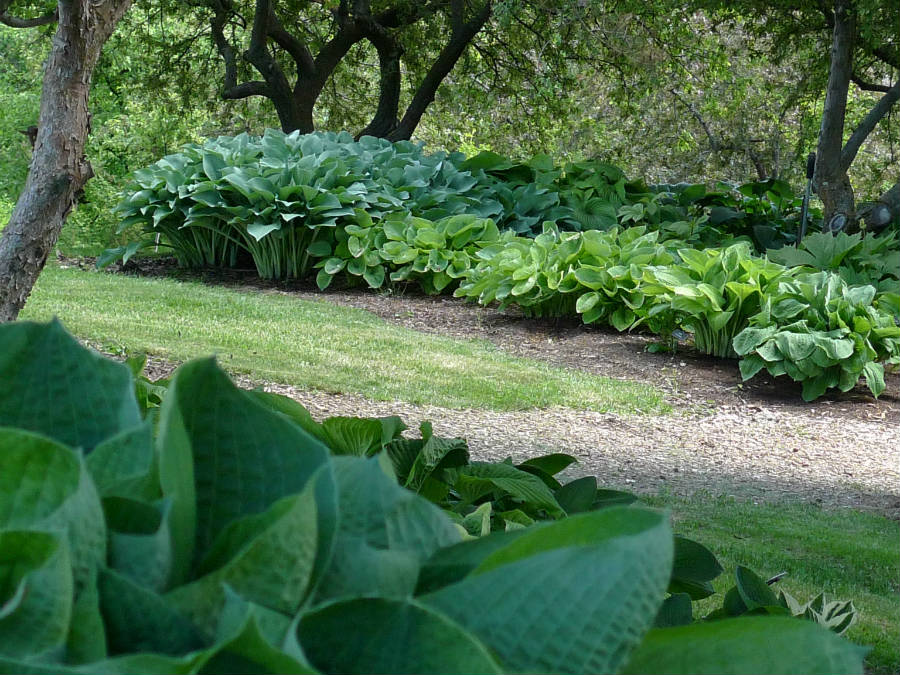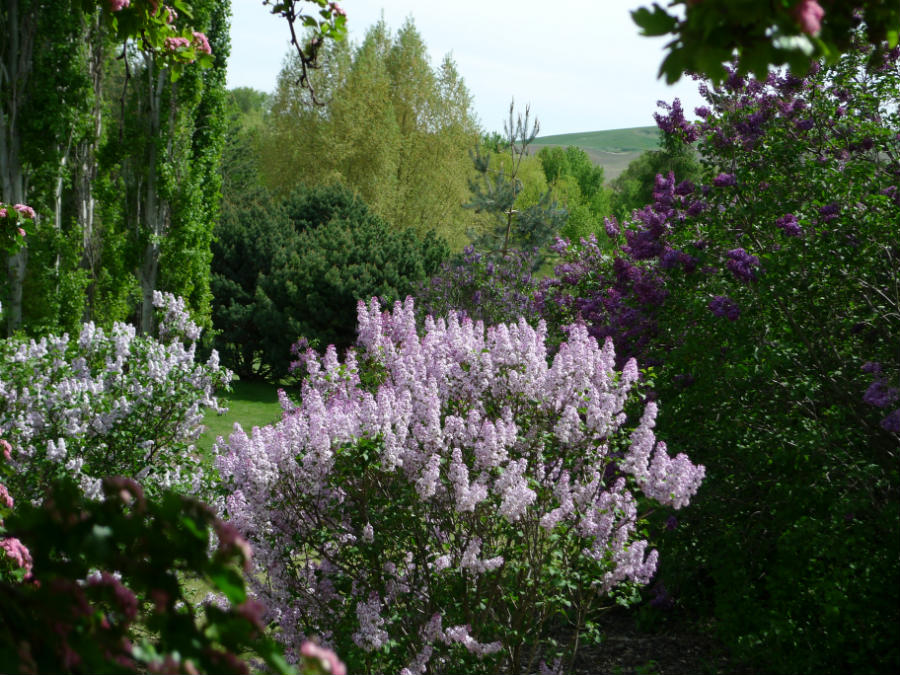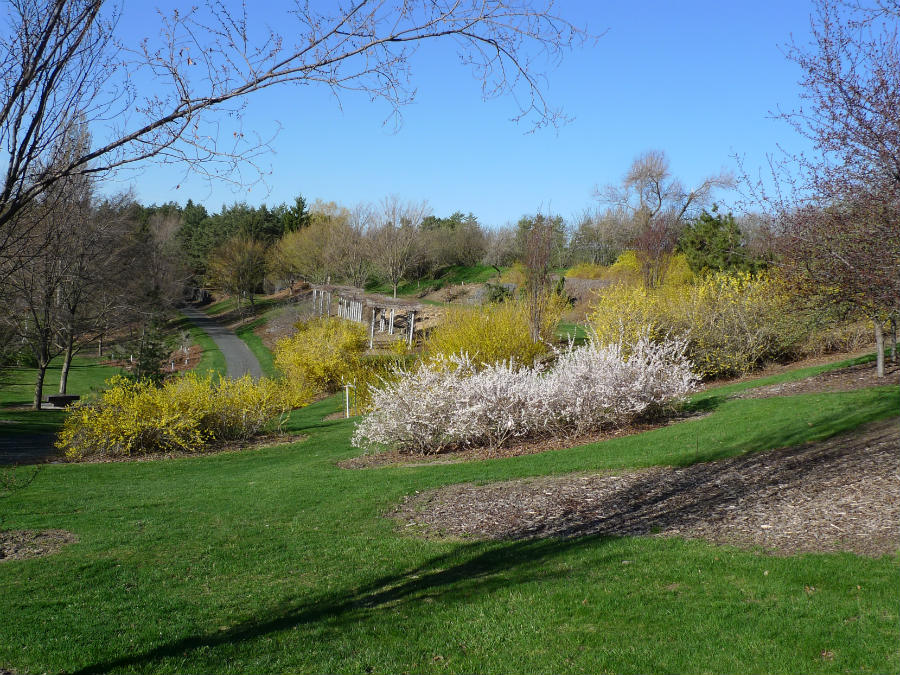University of Idaho Arboretum & Botanical Garden
Mission Statement
University of Idaho Arboreta are outdoor museums maintained for the acquisition and proper curation of a living collection of native and introduced plants hardy in the Inland Pacific Northwest. As a primary reference collection, the arboreta will emphasize plant variation and genetic diversity. Highest priority of the arboreta is to develop, curate and maintain a diverse collection of cultivars and species of known origin.
As educational facilities, goals of University of Idaho Arboreta are to:
- provide a site for instruction in botany, horticulture, forestry, landscape architecture, environmental sciences and other fields related to the living collection;
- encourage authorized research in fields such as plant hardiness, systematics and hybridization;
- educate the public through field trips, lectures and tours;
- provide to the public a restful, beautiful environment for the purpose of gaining knowledge and appreciation of the importance of plants.
Upcoming Events
Arboretum Concert
Monday, July 14 at 7 p.m.
Bukvich Arboretum Concert Site
North end of the upper pond
Bring your lawn chairs and blankets and enjoy an acoustic concert performed by the Lionel Hampton School of Music and local musicians









